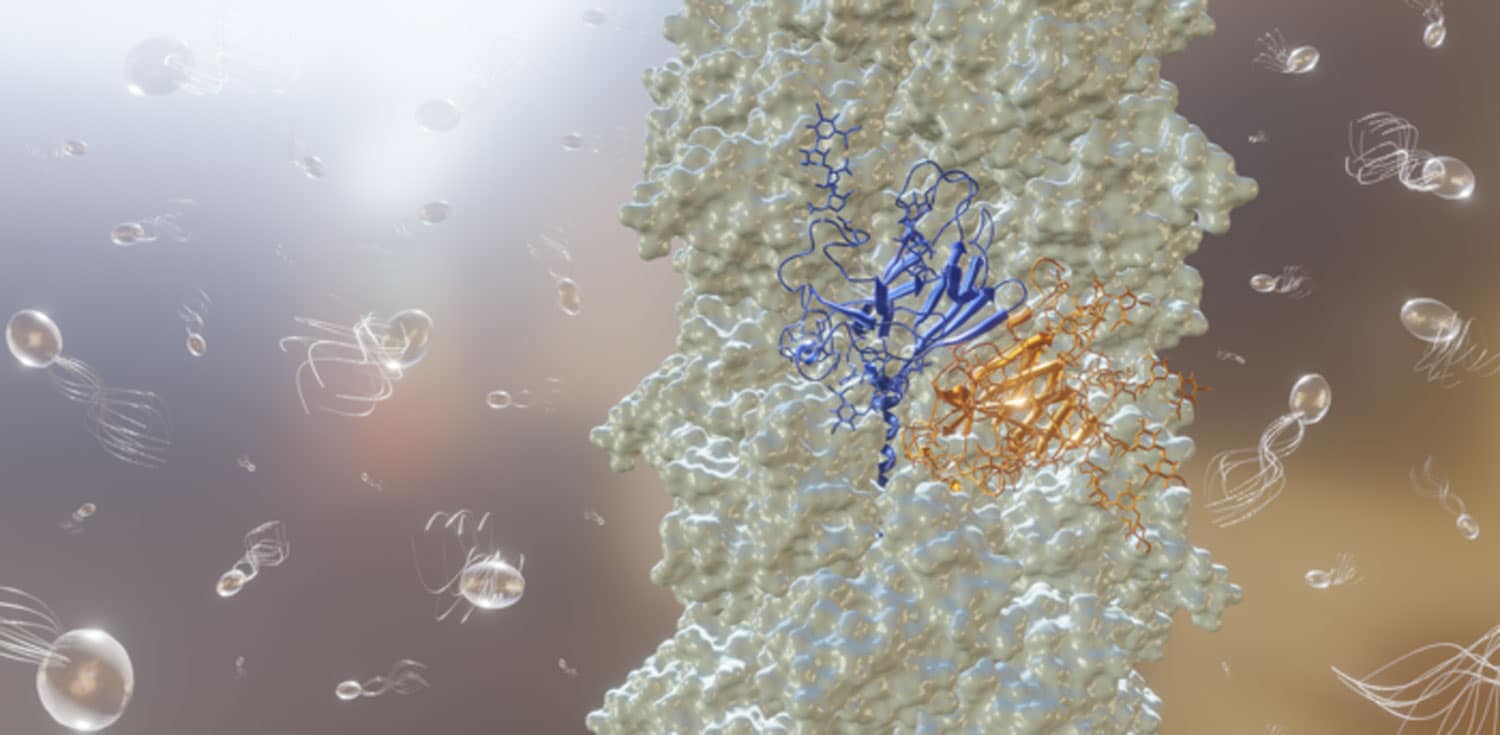
As Omicron cases continue to surge in the U.S., the the Centers for Disease Control and Prevention is shortening the recommended time for isolation from 10 days to five days for anyone who has tested positive for COVID-19—as long as they are asymptomatic. After five days of staying home (or isolating in some way), patients should still wear a mask around others for an additional five days.
According to the CDC’s statement on Monday, this change is “motivated by science demonstrating that the majority of SARS-CoV-2 transmission occurs early in the course of illness,” generally in the first two days before symptoms appear and in the two-three days after. CDC Director Dr. Rochelle Walensky says the updated recommendations “balance what we know about the spread of the virus and the protection provided by vaccination and booster doses.”
This shortened recommendation does not mean the virus should be taken any less seriously. Walensky says to “get vaccinated, get boosted, wear a mask in public indoor settings in areas of substantial and high community transmission, and take a test before you gather.” Below are the CDC’s current guidelines for isolation depending on a variety of factors.
What to do if you test positive for COVID-19
If you test positive for COVID-19, regardless of vaccination status, you should isolate for five days at a minimum.
If you do not have symptoms
If you have no symptoms, or your symptoms have resolved after five days days, you can leave your house and continue to mask for five days to minimize the risk of infecting others.
If you do have symptoms
The CDC’s update did not explicitly say how long infected people who still had symptoms need to isolate. The CDC has previously said people with symptomatic COVID-19 should isolate for 10 days.
As soon as you begin to notice symptoms (which the CDC lists here), you should immediately quarantine until a negative test confirms those symptoms are not attributable to COVID-19.
What to do if you were exposed to someone with COVID-19
If you are fully vaccinated
For those who have either (1) been boosted, (2) completed the primary series of Pfizer or Moderna vaccine within the last six months, or (3) completed the primary series of J&J vaccine within the last 2 months:
- Wear a mask around others for 10 days.
- Test five days after exposure, even if you have no symptoms. (If you do develop symptoms, get a test and stay home.)
If you are not fully vaccinated
For those who either (1) completed the primary series of Pfizer or Moderna vaccine more six months ago and are not boosted, (2) completed the primary series of J&J over two months ago and are not boosted, or (3) are unvaccinated:
- Stay home for five days. Test on day five, if possible.
- After isolating, continue to wear a mask around others for five additional days.
- If you can’t quarantine, wear a mask for 10 days.
How to count your isolation timeline
To calculate your 10-day isolation and masking period: Day “zero” is your first day of symptoms, according to the CDC’s outline earlier this month. Your “day one” is the first full day after your symptoms have developed.
Get boosted
If the news is getting you down, remember that vaccines do still work against Omicron—but getting your booster is key. It’s true that Omicron seems to be more transmissible than previous variants, but evidence is emerging that Omicron might cause less severe disease. Nevertheless, vaccines and previous infection don’t protect as well against Omicron as they did against previous strains. Here’s the CDC’s guide to getting your booster if you haven’t already.
Note: This article have been indexed to our site. We do not claim legitimacy, ownership or copyright of any of the content above. To see the article at original source Click Here






